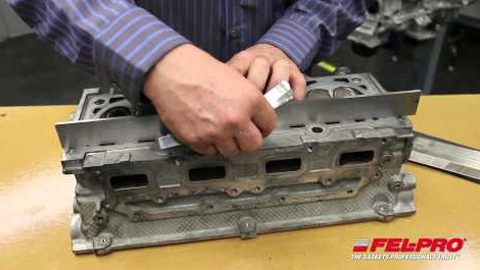I am working on a non Ford small block engine and since I need advice that may benefit anybody working on any engine, I thought I may ask here.
Ray suggested to post in this section.
So the engine is a GM small block but again my questions are quite generic.
I pulled it, removed heads, pans, covers and will have it painted.
I will change freeze plugs and pull off plugs and sensors.
Questions hence is what do I need to make those parts tight.
I guess freeze plugs are simply pushed in place. Plugs and sensors I removed had some kind of white (teflon like) material around.
What are the products used here to make everything tight and leakless?
Ray suggested to post in this section.
So the engine is a GM small block but again my questions are quite generic.
I pulled it, removed heads, pans, covers and will have it painted.
I will change freeze plugs and pull off plugs and sensors.
Questions hence is what do I need to make those parts tight.
I guess freeze plugs are simply pushed in place. Plugs and sensors I removed had some kind of white (teflon like) material around.
What are the products used here to make everything tight and leakless?




Comment